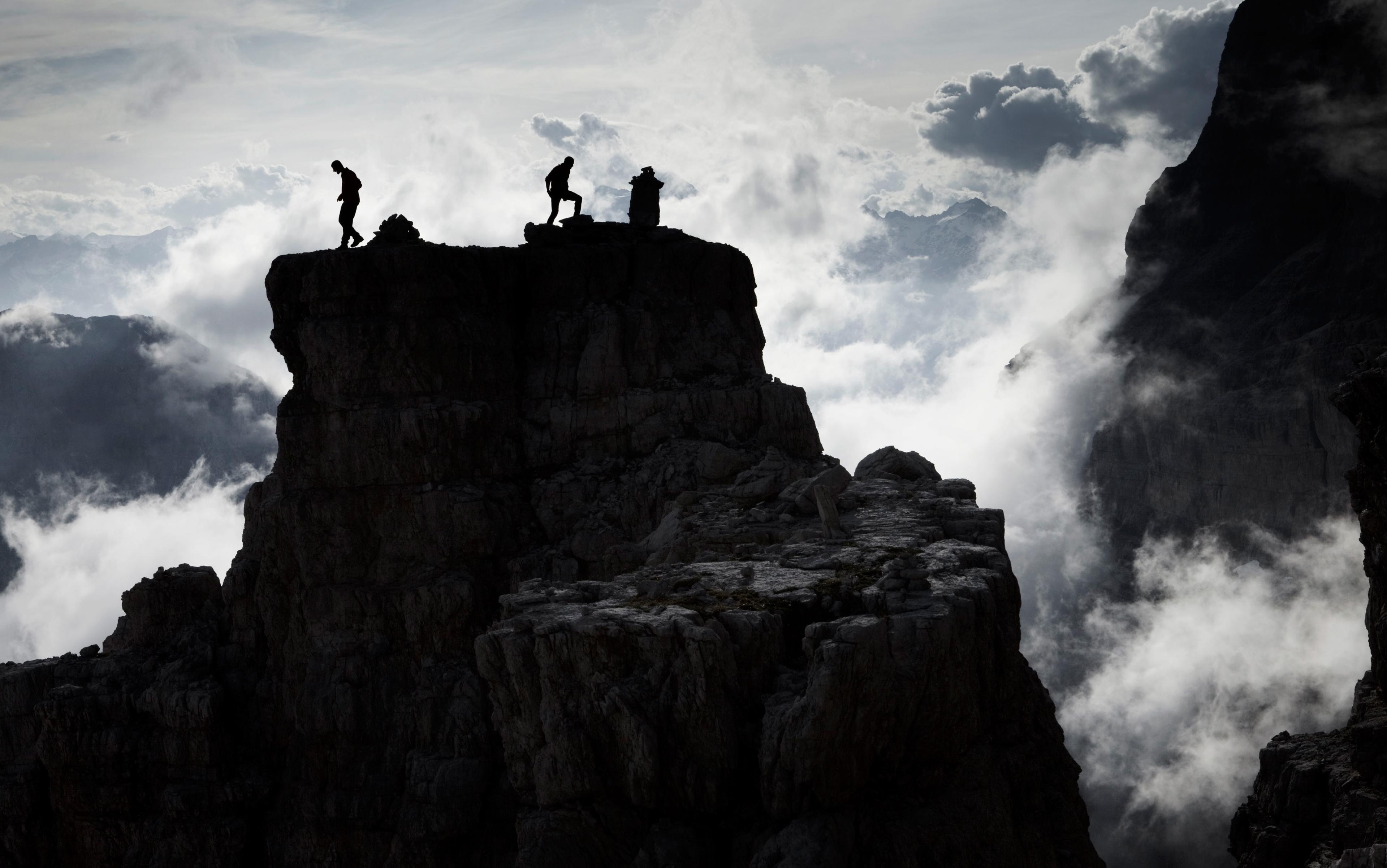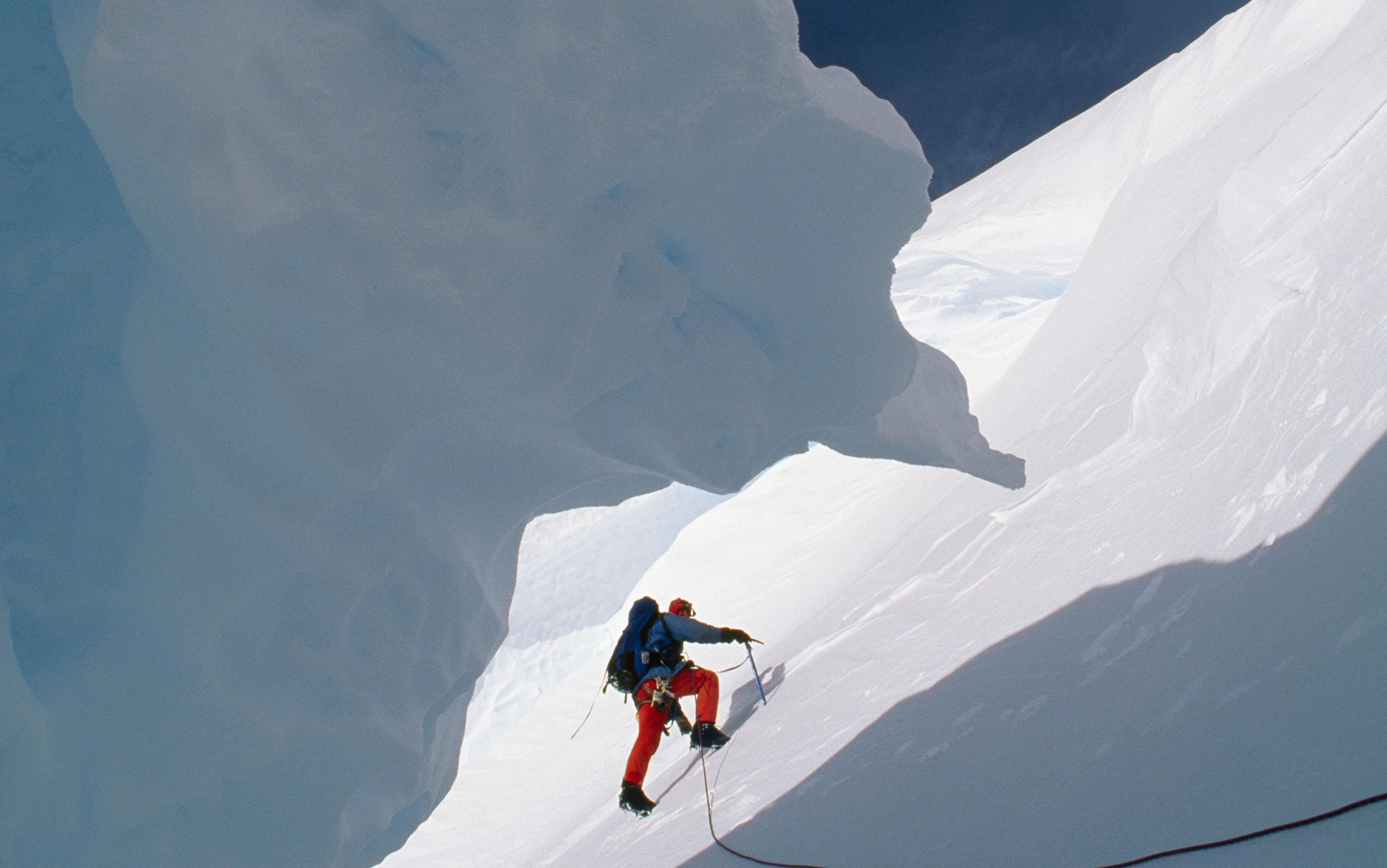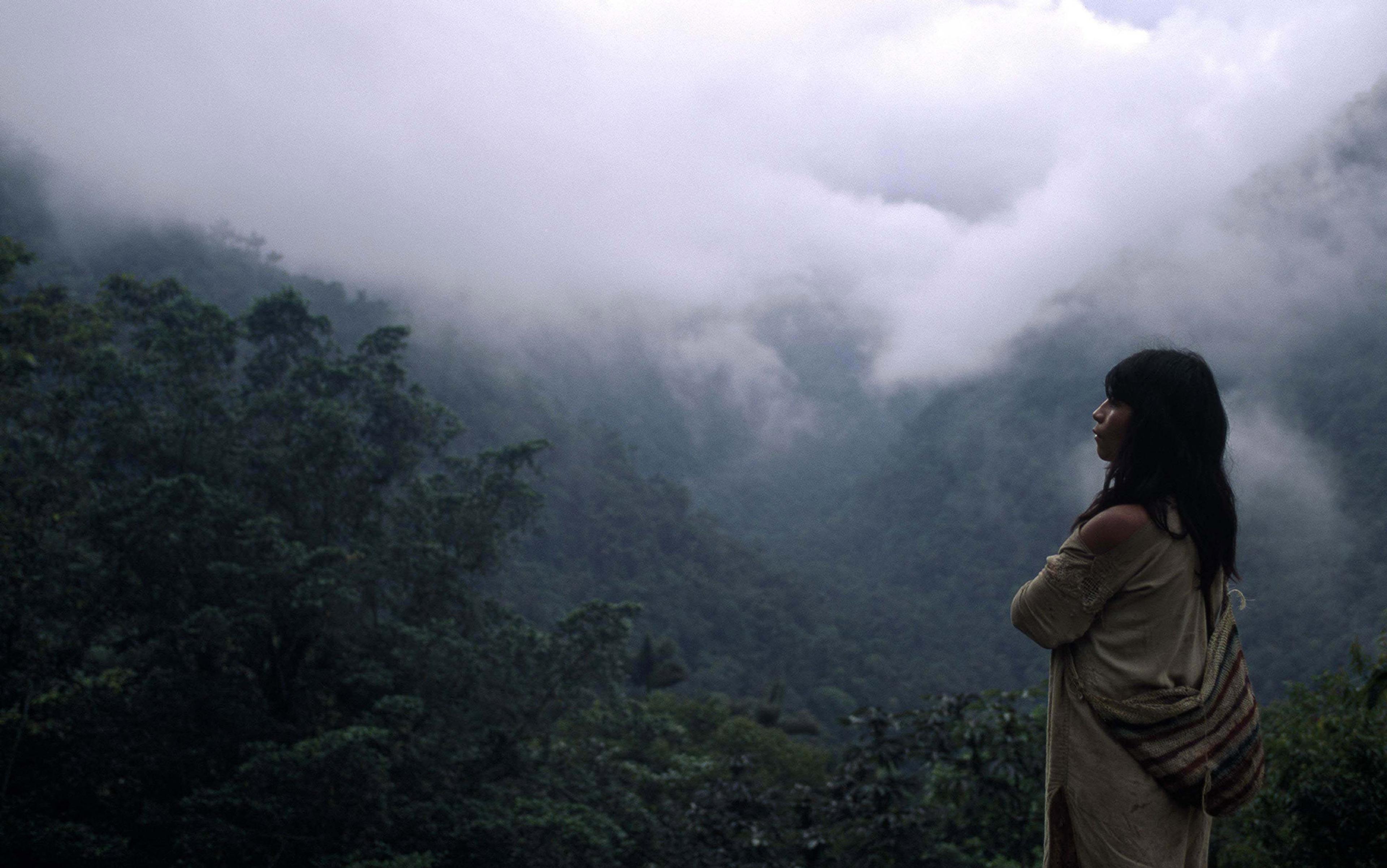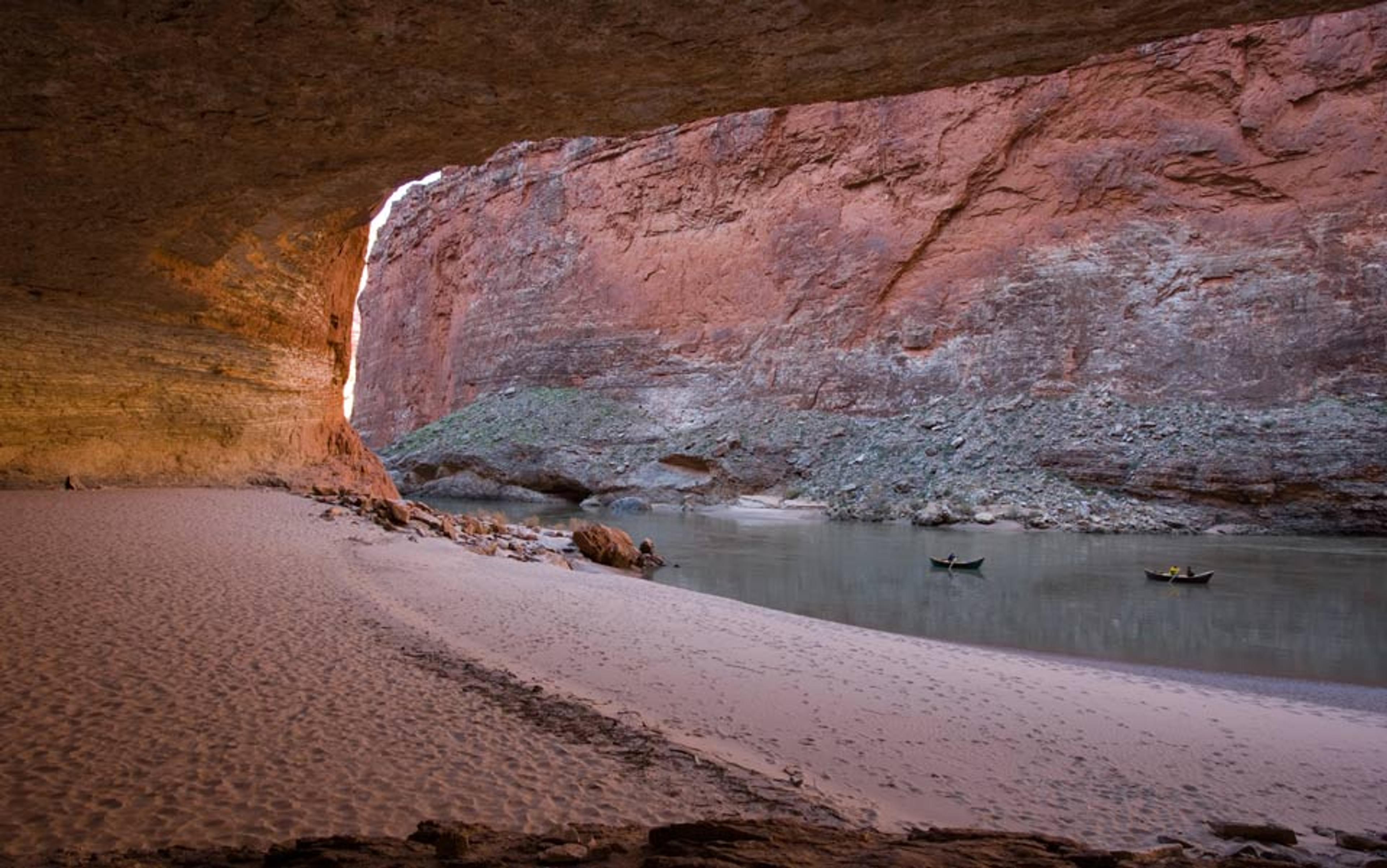Altitude sickness is democratic. It strikes the young just as easily as the old. The super-fit can be laid low at 2,500 metres while an inveterate smoker can have no problems at all. In 1991, Roman Giutashvili, a 54-year-old Georgian with one lung, reached the summit of Everest. Immunity, like God’s grace, is dispensed in a way that seems arbitrary.
The earliest written descriptions of the condition date from 20AD. In the history of the Han Dynasty, the Chinese author Ban Gu writes of crossing the Karakoram: ‘Travellers have to climb over Mount Greater Headache, Mount Lesser Headache and the Fever Hill where they will develop fever, turn pallid, feel a headache and vomit which also occurs in asses and other animals without exception.’
What could be the cause? Ground emanations? Similar theories were propounded around 650AD by the Chinese pilgrim Xuanzang. A Chinese text compiled in 1792AD, ‘A description of Wei and Zzang’, identifies rhubarb vapour as a culprit. Coincidentally, the Jesuit missionary José de Acosta, writing about the Andes in 1590AD, mentioned that rhubarb, primroses, heather and mosses were said to cause pestilential vapours at high altitude.
Other early theories might have been nearer the truth. In 1620, Francis Bacon remarked: ‘It was observed by the ancients that on the top of Olympus the rarity of the air was such that those who ascended it had to carry sponges with them dipped in vinegar and water, and to apply them from time to time to the mouth and nose, the air being from its rarity not sufficient to support respiration.’
In Europe before the 18th century, it was widely believed that the summits of Alpine peaks were too high for humans to survive on them at all. This despite first-hand evidence that high altitude was not necessarily fatal. In 1570, de Acosta managed to cross a Peruvian mountain pass of 4,300 metres. He wrote: ‘I was surprised with such pangs of straining… meat, phlegm and choler (bile) both yellow and green, in the end I cast up blood with the straining of my stomach… If this had continued I should undoubtedly have died.’ In fact, he lived to cross the Cordillera on several more occasions, even though he encountered sickness repeatedly.
It’s strange. We want to get higher, and yet something wards us off. Monasteries have often been sited at considerable height, though rarely on top of peaks. The Great Saint Bernard Hospice is the highest in Europe at 2,500 metres, which is above the timberline, roughly at the height that the first mild symptoms of altitude can be felt. The air is 25 per cent thinner here. A fifth of people who get rescued by a Saint Bernard dog will be suffering from headaches, nausea and general lassitude. But for those who can adapt, a reduced oxygen intake can be mildly euphoric. This is not to say that a sharpened spiritual sense amounts to nothing but a shortage of air. It might be that, as with fasting, a reduced intake of some vital substance encourages us to re-evaluate life.
Then again, those who go high enough to suffer extreme hypoxia report strange experiences. Beck Weathers, who survived without oxygen on Everest at 8,500 metres and was left for dead three times, wrote in his 2000 memoir: ‘Suddenly my family appeared in my mind’s eye… this was not a group portrait or some remembered photo. [They were] in vivid focus, as if they might at any moment speak to me.’ Feeling his family so close inspired him to get up and start walking. Eventually he found the camp and his rescuers. ‘I learned that miracles do occur. In fact, I think they occur pretty commonly.’
I wasn’t hoping for a miracle, but I was determined to get higher than I had ever climbed before. For much of our history, humans have left the mountain summits to the gods – on Olympus, Ararat, Sinai, Kailash. It was only in the 18th century that Europeans began to bridle at living in the shadow of these giants.
In 1760, Horace-Bénédict de Saussure, a Swiss aristocrat, philosopher, meteorologist, early geologist and physiologist offered a cash reward of 20 thalers to anyone who could climb Mont Blanc. It was a sizable sum, equivalent to several months’ earnings for a Chamonix local. What more fitting symbol of the dethronement of the deity? (Perhaps significantly, ‘thaler’, from which we get ‘dollar’, comes from the German tal, meaning ‘valley’.)
In 1775, Marc-Théodore Bourrit of Geneva ascended the nearby Mont Buet on foot. Buet is 3,096 metres high, and Bourrit, though not the first to conquer the peak (that honour went to Jean-André de Luc, five years earlier), believed he had reached the highest point one could safely attain: ‘It would be difficult,’ he remarked, ‘if not impossible to live long on the summit of Mont Blanc.’ He reported having to stop and rest every 50 steps.
In the meantime, people had been developing other ways to brave the heights. In 1709, Europe encountered its first small hot air balloon. It rose about four metres. In 1766, the British scientist Henry Cavendish published a book about a gas lighter than air – hydrogen. And then, in 1783, the Montgolfier brothers, paper-makers who had observed the way a fire’s heat could carry paper skyward, built a two-man hot air balloon. The same year saw the world’s first hydrogen balloon. It was powered by pouring a ton of sulphuric acid onto several tons of scrap iron and piping the ensuing gas into a silk envelope; the pilot, Jacques Charles, rose to above 2,900 metres. The following year, the French chemist Joseph-Louis Proust climbed to 4,000 metres in a Montgolfier-designed balloon.
So far, no one had claimed de Saussure’s prize. Several attempts were made. All turned back, reporting ‘stagnation of the air’ and a great ‘distaste for provisions’. Nevertheless, fear of altitude seemed to be lessening. In 1786, a Chamonix crystal-hunter named Jacques Balmat tried to find a way to Mont Blanc’s summit. He failed and got stuck; forced to bivouac overnight at above 3,500 metres knowing that ‘the people of Chamonix believed that sleep at these great heights would be fatal’. When he emerged the following day, a bit cold and stiff but otherwise fine, a psychological barrier had been broken.
Later that year, Balmat and Michel-Gabriel Paccard, a doctor, used several poles to bridge crevasses and a ladder for a difficult bit, actually reaching the summit – 4,810 metres – for the first time. They both suffered from what they believed to be the ‘foul air’ at that height, but apparently it didn’t put them off too badly: after collecting his reward from de Saussure, Belmat led a party, including his benefactor, back to the summit.
It was the most extraordinary feeling of inertia, as if gravity had been turned up
Two centuries on from the first ascent of Mont Blanc and what counts as ‘safe’ has changed. Ascending slowly, most people can expect to be fine until around 4,900 metres. Many will be able to go higher. In 1997, the late Russian mountain guide Anatoli Boukreev managed to get some Indonesian soldiers safely up Everest; six months earlier, they had never climbed before.
I, on the other hand, once went on a commercial trek that followed the Curzon trail in North West India. The highest point was a mere 4,000 metres – less than Mont Blanc. Nevertheless, I was overwhelmed by sickness. It was the most extraordinary feeling of inertia, as if gravity had been turned up. I finished the route, but just barely. The next time, I was determined to handle things better. If I could only get higher than Mont Blanc, I’d be happy. The trek up to the 5,000‑metre Goecha La, a sacred Himalayan pass that gets you close to Kangchenjunga, seemed perfect.
I knew that hard work is penalised. In the 1968 Mexico City Olympics, staged at 2,250 metres, rowers performed badly and suffered from altitude sickness owing to the massive demands on their aerobic capacity. On the other hand, those events that required only short bursts of activity (you hardly even breathe during the 100 metres) set records in the lower-pressure air.
With this in mind, I started slow and carried very little on my back. My rucksack, food and the camping equipment that my guide, Biki, and I would need was carried by a dzo, a hybrid half-yak, half-cow. It is a hardy beast – but capable of enduring higher temperatures than a purebred yak. (The Dalai Lama escaped from Tibet riding one, if you need further recommendation.) We started our hike in Yuksom, the former capital of Sikkim in north-east India. From this sleepy village, we simply went up and up, crossing four suspension bridges strung high above torrential rivers. We climbed through jungles thick with epiphytic orchids, flowering even in November, and entered the rhododendron forests. And then my ascent began in earnest.
Travelling in Mexico in the mid-19th century, a French doctor named Denis Jourdanet noticed the effect of the high mountains on travellers. The locals seemed unaffected. He decided to test their blood, and found that reduced oxygen levels, caused by reduced atmospheric pressure, resulted in an increased red blood-cell count.
Apparently, after only a few days at altitude, the body releases whatever red blood cells it has in reserve and the marrow starts manufacturing more. This tends to have the effect of clogging the capillaries, slowing the circulation of oxygen. In response, blood vessels increase in diameter, some doubling in size. All of which is a stress to the system, though of course some people react better than others.
This, then, is what causes the odd and disparate symptoms of the condition: it is a lack of oxygen everywhere – in every cell, from the brain to the lower intestine. Hence headaches, followed by lassitude, a desire to sleep, nausea, lack of appetite. If you remain, the cells develop more mitochondria and become more oxygen-efficient. But if you go too high, you might develop life-threatening oedema, either in the brain or in the lungs. All these symptoms disappear very rapidly when you descend to levels richer in oxygen.
‘one feels an inward joy. There is no thought of the dangerous position; one rises and is glad to be rising’
Jourdanet, by the way, was independently wealthy, and he gave his younger friend and colleague Paul Bert money for further studies on the physiological effects of altitude. To this end, Bert arranged a series of experimental balloon rides. In 1875, the three balloon enthusiasts he enlisted for his research set out on a final ascent. Bert was away from Paris at the time. He wrote to his friends to warn them that their oxygen supply appeared insufficient. Nevertheless, the flight went ahead. Gaston Tissandier was the lone survivor. He wrote:
I now come to the fateful moments when we were overcome by the terrible action of reduced pressure. At 7,000 metres… torpor had seized me. Croce is panting. Sivel shuts his eyes. Croce also shuts his eyes… At 7,500 metres the condition of torpor that overcomes one is extraordinary. Body and mind become feebler… There is no suffering. On the contrary, one feels an inward joy. There is no thought of the dangerous position; one rises and is glad to be rising… I wished to call out that we were now at 8,000 metres, but my tongue was paralysed. All at once I shut my eyes and fell down powerless and lost all further memory.
The balloon crashed after reaching nearly the height of Everest.
The best adaptations to living at great heights take time to achieve. Tibetans have been living on the Tibetan Plateau, which varies between 3,500 and 5,000 metres, for more than 30,000 years. Andean tribes are considered to have been altitude-dwellers for perhaps 11,000 years. It appears that the two groups have been taking different evolutionary paths.
Andeans have bigger lungs, more hemoglobin and more erythropoietin than sea-levellers. This means more air is processed to extract more oxygen. Tibetans don’t have big lungs or more hemoglobin – actually they have a little less than people living at sea level. What they do have is twice as much nitric oxide in the lung blood vessels than usual. They breathe heavily, but their blood vessels remain unconstricted – so more blood flows carrying the oxygen they need.
Curiously enough, these two evolutionary pathways reflect the divide between our two major remedies for altitude sickness. As every doctor will tell you, the best cure is to go lower, back to the valley. But one drug – acetazolamide – does make it easier for most people. It works by altering the acidity of the blood, which, in an indirect way, allows you to breathe more freely and deeply. And another drug, tested recently at the Observatoire Vallot, 450 metres below Mont Blanc’s summit, is thought to operate rather differently.
both groups got breathless but the Viagra group had faster recovery rates than the placebo group
In 2005, a group of 12 Frenchmen were challenged to reach their ‘exercise maximum’: that is, they were asked to pedal on an exercise bike until they could pedal no more. Half had received a dose of Viagra. Viagra dilates blood vessels so that more blood can flow, typically in vessels that are constricted for some reason. This is what allows a flaccid penis to become erect. And in cases of altitude sickness, constricted blood vessels in the lungs open up to allow more blood, and therefore more oxygen, to reach the brain.
At first, everyone in the test – Viagra- and placebo-takers alike – suffered from altitude sickness. Blood pressure, which is a fairly good measure of how well you are acclimatising, rose 29 per cent. But by the sixth day, something interesting happened. While the placebo group’s blood pressure remained 21 per cent higher than normal, the Viagra group’s blood pressure was 6 per cent lower than during earlier low-altitude testing. Although both groups got breathless during their exercise, the Viagra group had faster recovery rates than the placebo group.
There’s another odd association with Tibet, here. It so happens that the Tibetans have a rare fungus – Ophiocordyceps sinensis is its Latin name – which is said to combat altitude sickness. In tests on people with hypoxia – which is lack of oxygen – it has been proven to be effective. It is also supposed to be an aphrodisiac, just like Viagra.
On the path to Goecha La, something within me surges. It is more than mere pain, more than simply wanting to show I can make it to the ‘top’. I sense the benefit of the focus I am achieving. And it is all down to the fact that I am, at last, listening to my breathing.
I slow my pace to a point where my lungs can keep up. Some sort of inner regulator kicks in. I know instinctively what speed I can walk and seemingly keep it up forever. Every time I scramble over a rock I slow right down. You can keep up such behaviour forever only by moving very slowly.
Listening to my breaths, I am reminded of the great noise the air makes going in and out when one is diving with a regulator and compressed air bottle. But it is also reassuring. Nick Owen, a British former actor and leading coach of presentation skills, claims that the key to improving performance when on stage or interacting with others is to be aware of your breathing. It is the mainstay of many spiritual exercises. Listening to your breathing is not just good for presenting, it’s good for being present. Your ‘centre’ goes from being up in the abstract world of your head to firmly within your body. You shift to living in the now.
Kangchenjunga is seemingly very close. It looks like starched white sheets folded into peaks
As you get higher, your senses make less sense, and you pay less attention to them. Even sight becomes less crucial as you fix your eyes on the ground a mere metre ahead. That’s partly for safety – to see where you should tread – and partly because it is too painful to see how far you have to go. But you listen to your breathing. Maybe you are getting into alignment with something. I remember when I wanted to help my children sleep when they were tiny, I used to synchronise my breathing with theirs and very quickly they would drop off. So would I if I wasn’t careful.
When I get to the second viewpoint, I do not rest. Instead, I ditch all my gear – heavy camera, coat, water bottle – and head off unencumbered up the rocky slope. I am rewarded handsomely for shedding weight. I am moving more easily even though the slope now steepens. There is snow here and I inwardly rejoice. I am at last truly in the mountains. As a child, I loved snow and looked forward to playing even in a thin covering of the stuff. But this is thick; sometimes I sink in to my knees.
Then it is past and I am back on the rocky path. This time I vow to never stop. Even if this means slowing to a virtual halt and walking like a slow‑motion puppet, I’ll do that rather than race ahead and rest. The strategy works. The others up ahead are resting. I catch them up just before the final push to the pass. I can feel the burn in my legs but my breathing is fine. I can keep going like this for as long as I have to.
At the top, prayer flags flap. Printed on cheap polyester, they adorn every pass and summit in the Himalaya like bunting. Kangchenjunga is seemingly very close. It looks like starched white sheets folded into peaks. I bow to the mountain and follow the guide’s prayer. Now we are no longer moving, it’s easy to breathe. The valley is OK, but something higher calls to us from high places where every gasp of air is fully felt as the valuable gift it is.






